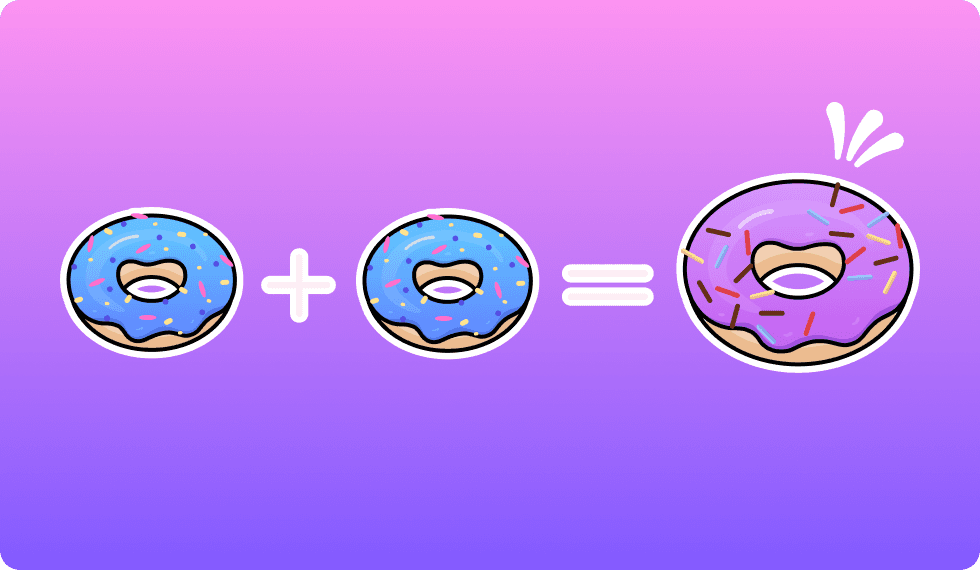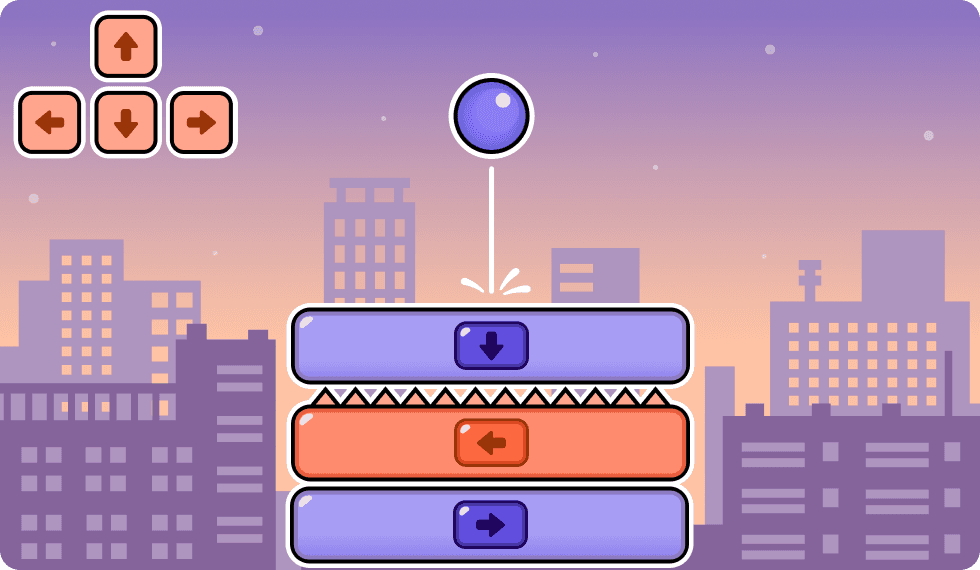Digital Technologies
in QLD
Digital Technologies
in QLD
Digital Technologies
in QLD
Pico Coding is aligned with the Digital Technologies learning area of the Australian Curriculum in Queensland (ACiQ) Version 9.0
Pico Coding is aligned with the Digital Technologies learning area of the Australian Curriculum in Queensland (ACiQ) Version 9.0




Curriculum alignment
Curriculum alignment
Curriculum alignment
Discover how Pico meets students' learning outcomes
Discover how Pico meets students' learning outcomes
Topic
Code
How Pico meets learning outcomes
Pico alignment
Digital systems I
AC9TDI6K01
Students using Pico are introduced to fundamental digital components like the mouse, keyboard, monitor, browser, and Wi-Fi connection.
Partially meets
Digital systems II
AC9TDI6K02
Students learn about how the Internet transmits data and how AI checks for correctness of coding solutions
Partially meets
Data
representation I
AC9TDI6K03
Students learn about data representations via creating and storing information variables through Pico contents including Dragon, Rocket and Potions.
Meets
Data
representation II
AC9TDI6K04
Students learn about boolean representations and storing data in true or false (on and off) states, through Pico contents including Dragon, Rocket and Potions.
Meets
Investigating and
defining
AC9TDI6P01
Students learn to define specific problems within the context of given design criteria, through Pico contents including Fishing and Match.
Partially meets
Generating and
designing I
AC9TDI6P02
Students learn to thinking algorithmically, using conditional branching and for loops to build game logic, through Pico contents including Bubbles and Sphera.
Meets
Generating and
designing II
AC9TDI6P03
Students learn to design the user interface for common digital tools such as a painting program, through Pico contents including Picasso and Kaleidoscope.
Meets
Generating and
designing III
AC9TDI6P04
Students learn to plan, communicate and collaborate on designing animations and digital artworks, through Pico contents including Fireworks, Balloons and Shield.
Meets
Producing and
implementing
AC9TDI6P05
Students learn to implement algorithms using conditional statements and loops, and utilise event-driven programming to manage user inputs.
Meets
Evaluating
AC9TDI6P06
Students learn to discuss various coding solutions and how they satisfy functional and design criteria.
Meets
Collaborating and
managing I
AC9TDI6P07
Students learn to use Pico as a digital tool to share their creations - including games, animations, and common utilities.
Partially meets
Collaborating and
managing II
AC9TDI6P08
Students learn to plan and collaborate effectively to create and share online creations, through Pico contents including Picasso, Planets, Kaleidoscope and Shield.
Partially meets
Privacy and
security I
AC9TDI6P09
Students learn about authentication systems using username and password.
Meets
Privacy and
security II
AC9TDI6P10
Students learn about their personal profile data and why certain data should be considered private.
Partially meets
Topic
Code
Pico alignment
Digital systems I
AC9TDI6K01
Partially meets
Partially meets
Digital systems II
AC9TDI6K02
Partially meets
Partially meets
Data representation I
AC9TDI6K03
Meets
Meets
Data representation II
AC9TDI6K04
Meets
Meets
Investigating and defining
AC9TDI6P01
Partially meets
Partially meets
Generating and designing I
AC9TDI6P02
Meets
Meets
Generating and designing II
AC9TDI6P03
Meets
Meets
Generating and designing
III
AC9TDI6P04
Meets
Meets
Producing and implementing
AC9TDI6P05
Meets
Meets
Evaluating
AC9TDI6P06
Meets
Meets
Collaborating and managing
I
AC9TDI6P07
Partially meets
Partially meets
Collaborating and managing
II
AC9TDI6P08
Partially meets
Partially meets
Privacy and security I
AC9TDI4P09
Meets
Meets
Privacy and security II
AC9TDI4P10
Partially meets
Partially meets
Code
Pico alignment
AC9TDI6K01
Partially meets
Partially meets
AC9TDI6K02
Partially meets
Partially meets
AC9TDI6K03
Meets
Meets
AC9TDI6K04
Meets
Meets
AC9TDI6P01
Partially meets
Partially meets
AC9TDI6P02
Meets
Meets
AC9TDI6P03
Meets
Meets
AC9TDI6P04
Meets
Meets
AC9TDI6P05
Meets
Meets
AC9TDI6P06
Meets
Meets
AC9TDI6P07
Partially meets
Partially meets
AC9TDI6P08
Partially meets
Partially meets
AC9TDI6P09
Meets
Meets
AC9TDI4P10
Partially meets
Partially meets
See Pico in action
See Pico in action
Discover how our contents meet students' learning outcomes
Conditional logic
Learn conditional logic through merging donuts
Learn conditional logic through merging donuts
Learn conditional logic through merging donuts
Donuts is a fun merge game where students combine donuts to create the ultimate rainbow donut while learning important coding concepts! They’ll start by using built-in functions to set up the game. As they merge donuts, they'll apply conditional logic to see how their choices affect the game.






User input
Learn user input through arrow challenges
Learn user input through arrow challenges
Learn user input through arrow challenges
Arrows is a fast-paced reaction game where students slide blocks off one by one using the arrow keys that match the direction of the top block. Students will learn how to respond to user input and keyboard events. They’ll use conditional logic to build the basic mechanics of the game, mastering how to slide blocks using the keyboard's arrow keys.
See Pico in action
Discover how our contents meet students' learning outcomes
Hundreds of activities to learn from
Get ready to experience hours of fun
Hundreds of activities to learn from
Get ready to experience hours of fun
Hundreds of activities to learn from
Get ready to experience hours of fun




















